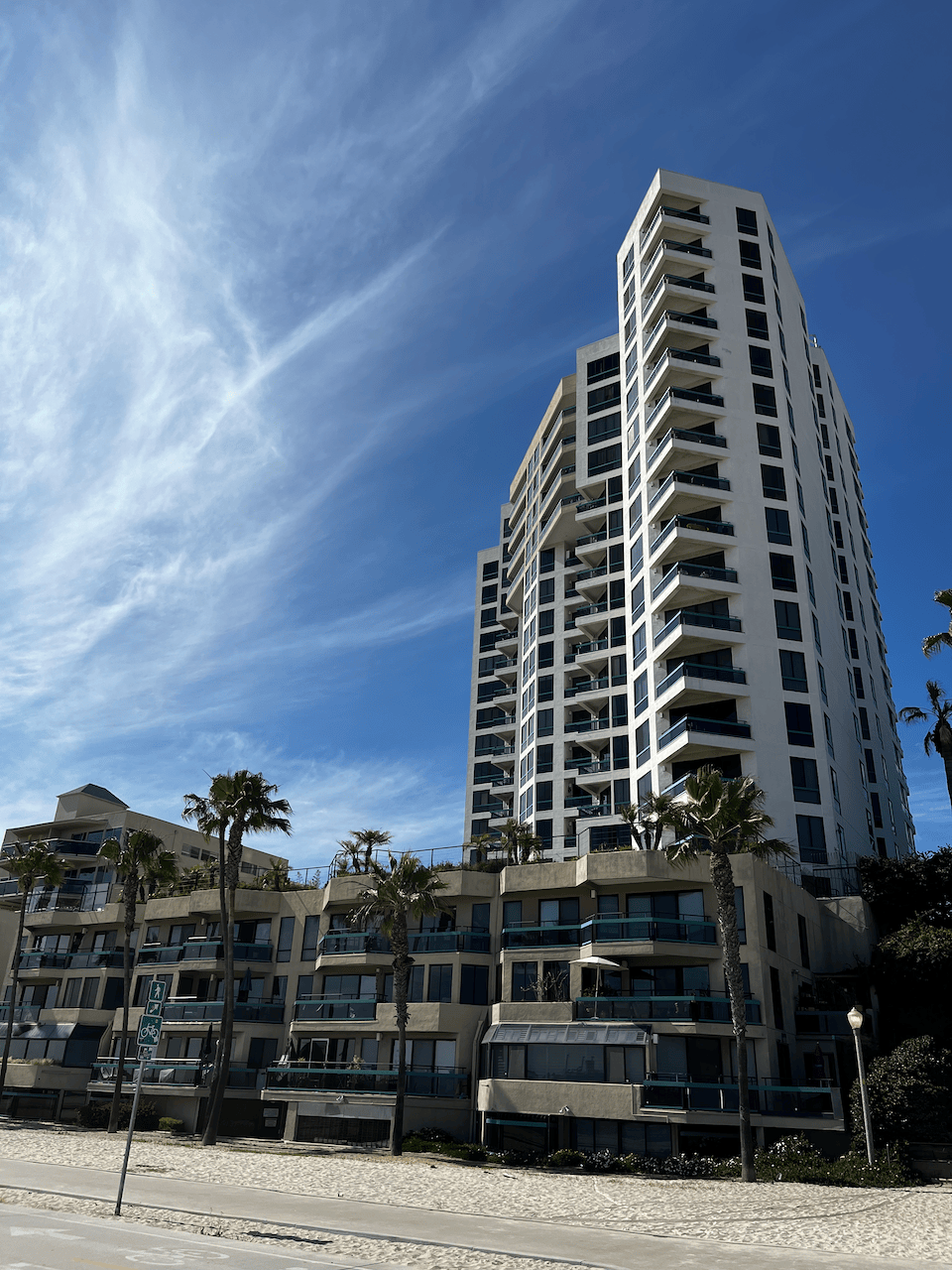How Condo HOA Regulates Shared Areas and Boosts Area Consistency
The administration of common rooms within a condominium organization plays a pivotal role in promoting neighborhood cohesion and preserving residential property worths. Via the facility of comprehensive standards, the Apartment HOA not just manages using common amenities but additionally advertises a society of respect and accountability among locals. By attending to prospective conflicts and helping with open dialogue, the HOA can enhance the overall living experience. However, the effectiveness of these approaches frequently rests on energetic involvement and dedication from all members, questioning concerning the most effective methods to achieve long-term area consistency.
Role of the HOA
The house owners organization (HOA) serves as the controling body for condominium neighborhoods, playing an essential duty in maintaining the property and advertising a natural living environment. It is accountable for implementing and passing area guidelines and guidelines, which are designed to preserve the aesthetic value and functionality of the common room. This governance guarantees that all citizens stick to a standardized set of expectations, cultivating a feeling of unity amongst diverse property owners.
In Addition, the HOA handles the financial facets of the area, including budgeting, collecting dues, and preserving typical locations. This monetary oversight is critical in guaranteeing that needed upkeep and improvements are brought out quickly, improving property values over time. The HOA also serves as a liaison between residents and external entities, such as city government and company, resolving public problems properly.
In Addition, the HOA usually arranges area events and programs, encouraging neighborly interactions and building relationships among homeowners. By facilitating open interaction and attending to grievances, the HOA adds to an unified living atmosphere. Therefore, its multifaceted role is essential in making certain the smooth procedure and general satisfaction within condominium communities.
Regulations for Shared Rooms
Effective administration in condo neighborhoods demands clear guidelines for shared spaces, which are essential for preserving order and promoting a feeling of neighborhood among homeowners. These guidelines act as standards that ensure everybody can delight in usual areas, such as swimming pools, gardens, and recreational centers, without dispute.

Moreover, tidiness and upkeep standards are necessary, frequently stating that citizens have to cleanse up after themselves and report any problems to the property owners' organization. By clearly connecting these expectations, the HOA can reduce misunderstandings and urge regard among homeowners.
Ultimately, distinct rules for shared rooms contribute to the general lifestyle in a condominium neighborhood, permitting locals to coexist quietly while enjoying the amenities that enhance their living experience. condo hoa.
Value of Area Guidelines
Neighborhood standards news play a substantial role in fostering a respectful and natural environment within condominium associations. These guidelines establish clear expectations for locals, promoting a sense of responsibility and shared obligation. By defining acceptable habits and methods, community guidelines help avoid misunderstandings and disputes among locals.
Moreover, these standards function as a framework for maintaining the useful and visual stability of shared areas. They guarantee that all condo hoa locals abide by standards relating to residential property maintenance, noise degrees, and use of public facilities. This uniformity not only enhances the aesthetic allure of the community however also adds to total home values, benefiting all homeowners.

Dispute Resolution Approaches
Browsing conflicts within a condominium organization needs a structured approach to ensure effective and fair resolution. Effective conflict resolution approaches often start with open communication, encouraging homeowners to voice issues in a respectful fashion. Establishing a designated network for grievances, such as a recommendation box or an online discussion forum, can promote this process.
Arbitration is one more crucial strategy, where a neutral third party aids contesting homeowners reach an equally acceptable solution. This method fosters partnership and understanding, reducing hostility - condo hoa. The HOA board need to likewise create clear procedures for resolving grievances, making certain all celebrations recognize the steps entailed
Normal conflict resolution training for board members can improve their capacity to handle conflicts properly. Utilizing a well-defined framework, such as the "Interest-Based Relational Technique," helps focus conversations on passions instead of settings, advertising a solutions-oriented state of mind.
Advantages of Area Consistency
Fostering neighborhood harmony within a condo organization brings numerous advantages that enhance the general living experience for citizens. An unified neighborhood motivates cooperation and cooperation among neighbors, resulting in a more kindly ambience. When locals feel revered and linked, they are most likely to i was reading this take part in public activities and join decision-making processes, leading to a stronger sense of belonging.
Moreover, community harmony considerably reduces misconceptions and disputes, which can otherwise interrupt life. A serene environment minimizes tension and promotes psychological wellness, permitting residents to appreciate their homes fully. Furthermore, harmonious relationships typically translate right into raised residential or commercial property values, as potential buyers are attracted to neighborhoods defined by stability and teamwork.

Final Thought
Through the facility of clear rules and neighborhood standards, locals are urged to maintain a respectful and answerable setting. Ultimately, the efforts of the HOA add to a natural community, advertising both property values and general resident satisfaction.
Moreover, the HOA typically arranges area events and programs, motivating neighborly interactions and constructing partnerships among residents. By defining appropriate actions and techniques, community guidelines help avoid misunderstandings and problems amongst residents.
Additionally, neighborhood guidelines assist in reliable interaction amongst residents and the Homeowners Association (HOA) Through the establishment of clear policies and area standards, homeowners are encouraged to maintain a respectful and answerable setting. Inevitably, the efforts of the HOA add to a natural neighborhood, promoting both home values and overall resident contentment.